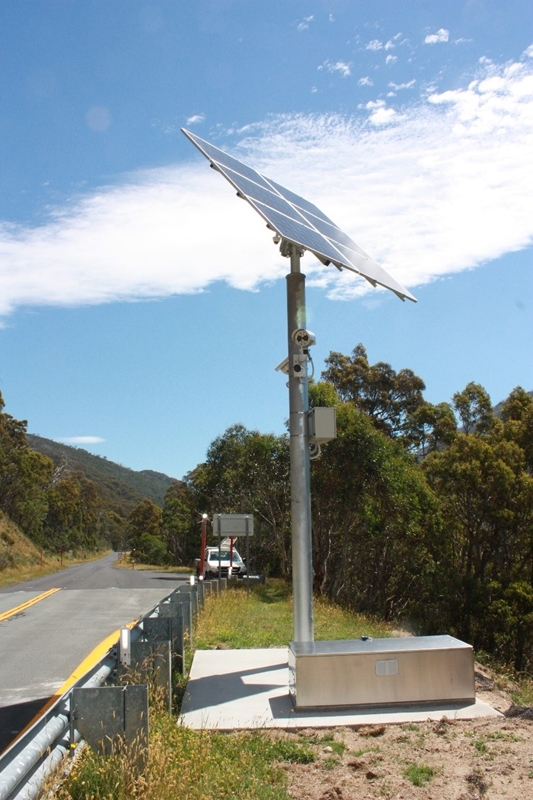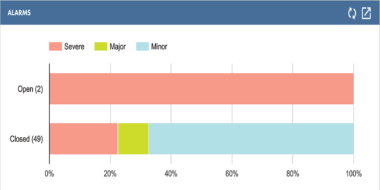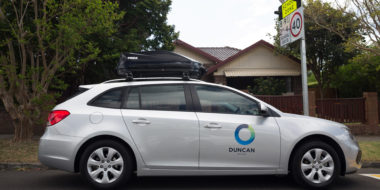

Intelligent parking solutions are the fulcrum of smart cities. Just take a look at projects underway from the Department of Infrastructure, Regional Development and Cities’ Smart Cities Program. Vehicle sensors, smart phone applications, back-end platforms – the government is rolling it all out, from Queanbeyan to Queensland’s Far North.
But it’s just the first step. With this kind of infrastructure in place and a comprehensive back-end system capable of capturing parking data, operators and councils can begin to truly revolutionise their cities. Here’s how.
1) Parking data can reshape the flow of traffic
Sensors, parking payment terminals and compliance devices all perform excellent individual functions, but the data they capture can do much more.
Take, for example, the problem of inner-city traffic. Research from Inrix suggests that U.S. drivers spend an average of 13 hours per year looking for paid parking, a figure which rises to a whopping 107 in busy metropolitan areas like New York. With similar results found in Germany, smart cities need a clear-cut solution to mitigate traffic flows seeking the nearest park.
 Drivers can spend an incredibly long amount of time searching for their next park.
Drivers can spend an incredibly long amount of time searching for their next park.
A strong back-end platform like Duncan Solutions’ Parking Enterprise Management System (PEMS) can aggregate data from all of your intelligent devices and synthesise this into a clear depiction of where parking spaces are available. Coupled with next-gen wayfinding technology, smart cities can minimise parking seekers’ impact on traffic by providing clarity on where spaces are.
2) Parking data can influence urban development
When your organisation can see exactly where people park and for how long, it can plan future developments with a more comprehensive view of how people commute.

The right data management can reshape a smart city’s future.
Consider the work Duncan Solutions did for Penrith Council last year. With a comprehensive sensor and back-end solution, the local government body could identify exact parking turnover in key areas. This allows for identification of high-demand parking zones, exactly what kind of infrastructure is needed and how much that might cost.
Similarly, under-utilised parking spaces could be slated for redevelopment or outlined as zones for stronger transport links. If you don’t know where people park, you don’t know where they’re going.
3) Parking data can drive smart city sustainability
Another topic we have recently delved into is the impact intelligent parking solutions can have on smart city sustainability. A recent PricewaterhouseCoopers (PwC) report into the workplaces of 2030 identified four distinct business worlds, one of which was the green (or environmental).

How can parking technology and data help to drive sustainability?
This is a path many businesses are already on, where environmental awareness and social responsibility is an absolute imperative. A core element of this, PwC argues, is the ability to minimise environmental damage and protect scarce resources.
The overall efficiency (not to mention reduction in paper waste) that automated parking data and PEMS can introduce could prove essential for businesses on this journey. The ability to minimise menial labour, maximise digitisation of compliance and make consumer parking faster is only possible through better, cleaner data. That’s exactly what PEMS delivers.
Data drives the world – does it drive your organisation?
The information that smart cities need to evolve already exists – organisations just struggle to capture it in a meaningful way. Driver numbers, parking stay or wait times, non-compliance rates and total income: councils and operators can already get a sense of these figures.
But with a comprehensive platform like PEMS, there is no guesswork. You can draw upon all the data you need, when you need it. That’s a level of information and power that operators simply hadn’t had before. And with that data comes a wealth of opportunities.
If you’re ready to let data help shape your city’s future, get in touch with the Duncan Solutions team today.
















